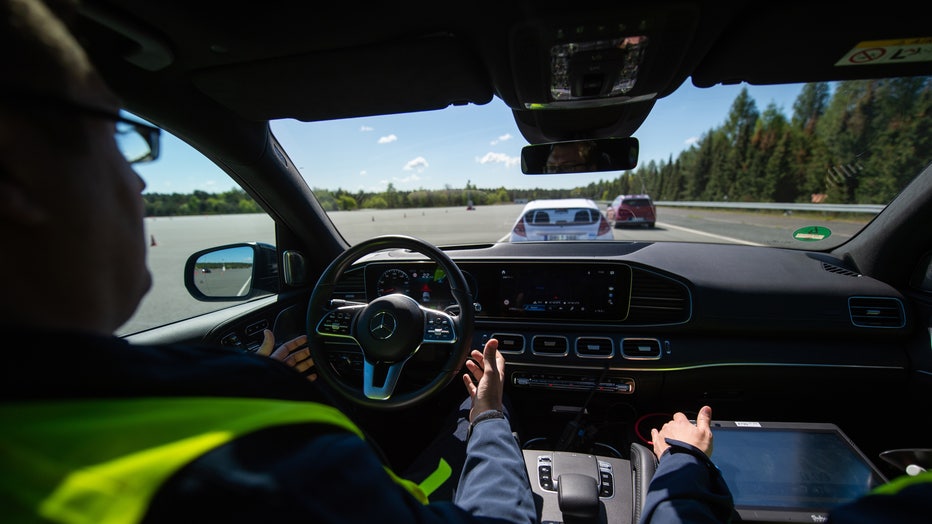US regulators to require automatic emergency braking for new cars, trucks

How car recalls get reported
The National Highway Traffic Safety Administration (NHTSA) officially start car recalls after receiving complaints from consumers.
The U.S. government’s auto safety agency plans to require that all new passenger cars and light trucks include potentially life-saving automatic emergency braking and meet stricter safety standards within three years.
Wednesday's announcement by the National Highway Traffic Safety Administration represents the agency's latest move toward regulating electronic systems that take on certain tasks that drivers themselves have normally done. NHTSA has been reluctant in the past to impose such regulations, saying the technology will change during the time it takes to enact new rules.
Ann Carlson, the safety agency's chief counsel, says 90% of new passenger vehicles already include the braking technology under a voluntary program that automakers have approved. But she says NHTSA wants to make the braking systems more effective at higher speeds and better at avoiding pedestrians, especially at night.
READ MORE: AI-powered system can inspect a car in seconds using bomb detecting tech
The regulation proposed by NHTSA will require, for example, that the systems allow vehicles to fully avoid other vehicles at up to 50 miles per hour if a driver should fail to react. If a driver brakes some but not enough to stop a collision, the system would have to avoid hitting another vehicle at up to 62 mph.
"With this proposal, we could change a high-speed crash from a deadly one to a lower-speed crash with minor injuries or just property damage," Carlson said.

The NHTSA says the automatic braking technology will dramatically reduce rear-end crashes, saving what it estimates would be at least 360 lives per year.(Photo by Christophe Gateau/picture alliance via Getty Images)
The regulations will undergo a 60-day public comment period before NHTSA will decide on a final version.
The agency says the technology will dramatically reduce rear-end crashes, saving what it estimates would be at least 360 lives per year. It also will cut injuries by at least 24,000 annually, according to NHTSA's estimates, and reduce property damage from rear crashes.
The Transportation Department, which includes NHTSA, called the proposal an important step in the broader goal of reducing roadway deaths.
READ MORE: Repelled by high car prices, Americans are holding on to their vehicles longer than ever, data shows
Though the number of people killed on U.S. roadways declined slightly last year, the agency said the 42,795 who died still represented a national crisis. Traffic deaths did slow slightly in the fourth quarter of last year, the third straight quarterly drop. But the pace was still close to 2021 numbers, which were the highest in 16 years.
With Wednesday's announcement, NHTSA is responding to requirements approved by Congress in the 2021 bipartisan infrastructure law that require automakers to equip new passenger vehicles with automatic braking and other safety technology.
Automatic emergency braking can detect objects in the way and stop or slow a vehicle, preventing a crash or making it less severe.
READ MORE: Carjacking crisis overwhelms police nationwide: See where your state ranks
Carlson said the new rule will require braking systems to spot pedestrians in the dark to potentially save the lives of walkers and cyclists. Pedestrian deaths, she said, are up 53% nationwide in the past decade, and roughly two-thirds of them occur when someone is struck by the front of a passenger vehicle. Carlson said all cars would be required to stop and avoid hitting a pedestrian at up to 37 mph.
Officials said the systems that automakers are installing will have to be improved to make them more effective in darkness and low-light situations. Carlson said many current such systems can’t perform in low light.

